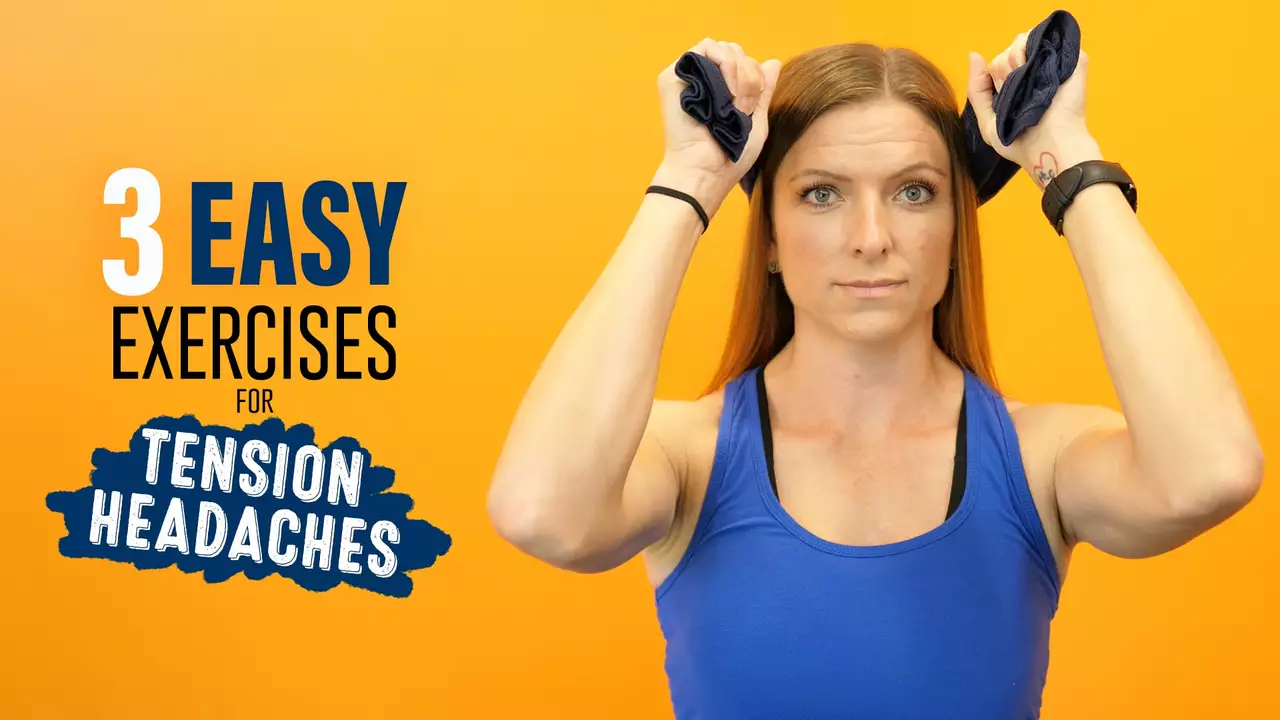Exercise is more than just a way to burn calories or build muscle. It’s a key part of feeling good both physically and mentally. Whether it’s a daily walk, yoga, or hitting the gym, regular movement has benefits you’ll notice quickly, like boosting your mood and energy.
Most of us know we should be active more, but where to start? The best plan is one that fits your lifestyle and keeps you coming back for more. You don’t need fancy equipment or hours every day; even 20 minutes of brisk walking can improve heart health and reduce stress.
If you’re new to exercise or just getting back after a break, small steps help build good habits. Try choosing activities you enjoy so it feels less like a chore. Dancing in your living room, gardening, or even playful time with kids counts! These low-key modes can be just as effective as formal workouts.
Tracking progress, like noting how far you walk or how many stretches you do, can keep you motivated. Setting mini goals—such as adding five more minutes or trying a new class—often makes sticking to exercise easier and more fun.
Beyond looking better, regular exercise sharpens your mind and helps fight off illnesses. Studies have shown that staying active reduces risks for chronic diseases such as diabetes or heart problems. Plus, it’s a great way to manage anxiety and sleep better at night.
So how do you keep it going? Mix it up to avoid boredom, find a workout buddy for support, or pick activities that fit your mood and energy level that day. That way, exercise never feels like a punishment but a part of your everyday life that helps you feel alive and in control.
In short, exercise isn’t about pushing yourself to extremes but about moving in ways that refresh and strengthen you. Start small, enjoy the process, and you’ll see how easy it is to make fitness a regular and rewarding part of your routine.
Posted by
Paul Fletcher
20 Comments

As a fitness enthusiast, I've often experienced headaches during or after exercise, which made me curious about finding the right balance. It turns out that staying hydrated, maintaining a proper diet, and gradually increasing exercise intensity can help prevent exercise-induced headaches. I also learned that warming up, cooling down, and practicing good posture are essential in avoiding these unpleasant disruptions during workouts. For those with chronic headaches, consulting a doctor or a fitness professional can help tailor an exercise routine that minimizes the risk. Ultimately, being mindful and listening to our bodies is key to maintaining a healthy and headache-free exercise routine.
read more